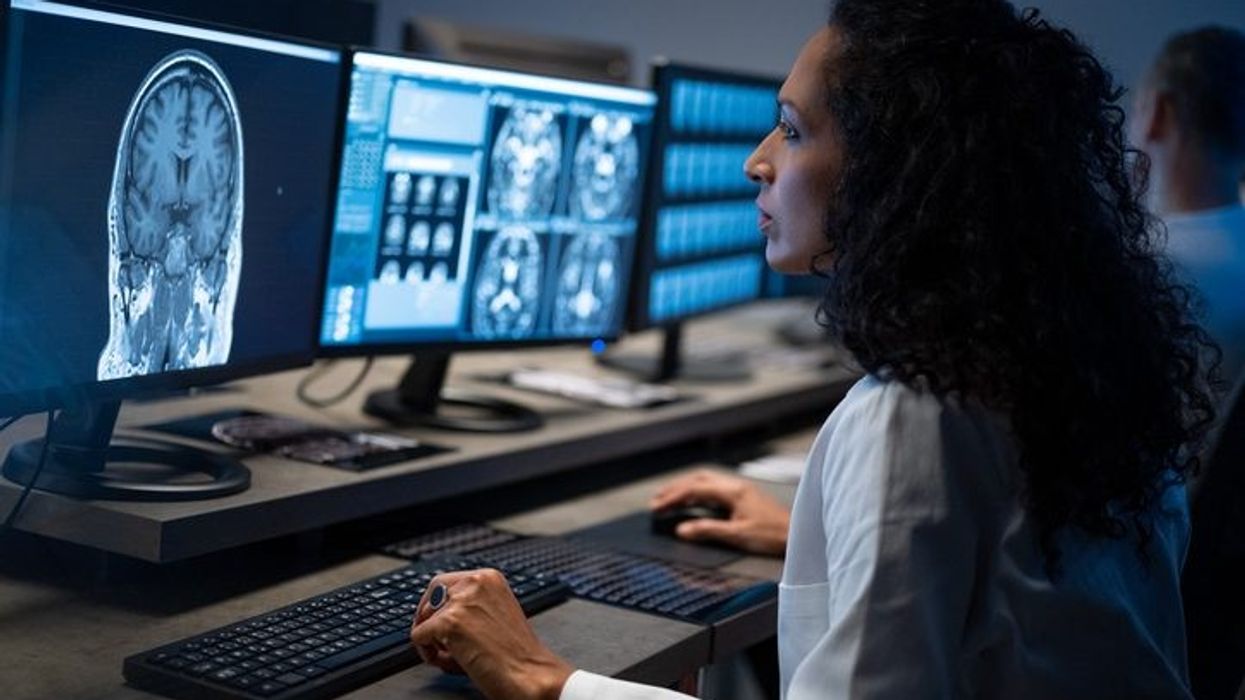A recent study conducted by the Rotman Research Institute and Sunnybrook Hospital in Toronto, Canada, has revealed that the cerebellum, a region of the human brain also known as the hindbrain, may be more susceptible to Covid-19 infections compared to other brain regions.
The study utilised an innovative MRI technique known as correlated diffusion imaging (CDI) to examine these findings.
According to the study, the research reinforces the understanding that Covid-19 can cause alterations in the brain.
CDI, developed by Alexander Wong, a professor of systems design engineering at the University of Waterloo in Canada, is a novel form of MRI that provides enhanced visualisation of the movement of water molecules in brain tissue.
By capturing and combining MRI signals at various gradient pulse strengths and timings, CDI can effectively highlight differences in water molecule motion.
The study's findings, published in the journal Human Brain Mapping, shed light on the potential vulnerability of the cerebellum to Covid-19 infections and contribute to a deeper understanding of the virus's impact on the brain.
CDI, an imaging technique developed by Wong, had originally been designed as an improved measure for detecting cancer.
However, in a recent study, CDI was utilised to examine the impact of Covid-19 on the human brain.
The CDI imaging specifically focused on the frontal-lobe white matter, located in the cerebrum of the brain, and revealed that Covid-19 patients exhibited a less restricted diffusion of water molecules in this region.
Conversely, in the cerebellum of patients with Covid-19, the CDI imaging showed a more restricted diffusion of water molecules.
"Some may think Covid-19 affects just the lungs," Wong said. "What was found is that this new MRI technique that we created is very good at identifying changes to the brain due to Covid-19. Covid-19 changes the white matter in the brain."
In addition to being one of the few studies showing Covid-19's effects on the brain, the study said that it is the first to report diffusion abnormalities in the white matter of the cerebellum.
While the study was originally designed to show changes to the brain from Covid, rather than specific damage, it said that many of the potential sources of such changes link to disease and damage.
Wong suggested future tests could focus on whether Covid-19 actually damages brain tissue.
Additional studies could also determine, he said, if Covid-19 can change the brain's grey matter.
"Hopefully, this research can lead to better diagnoses and treatments for Covid-19 patients," Wong said.
(PTI)












